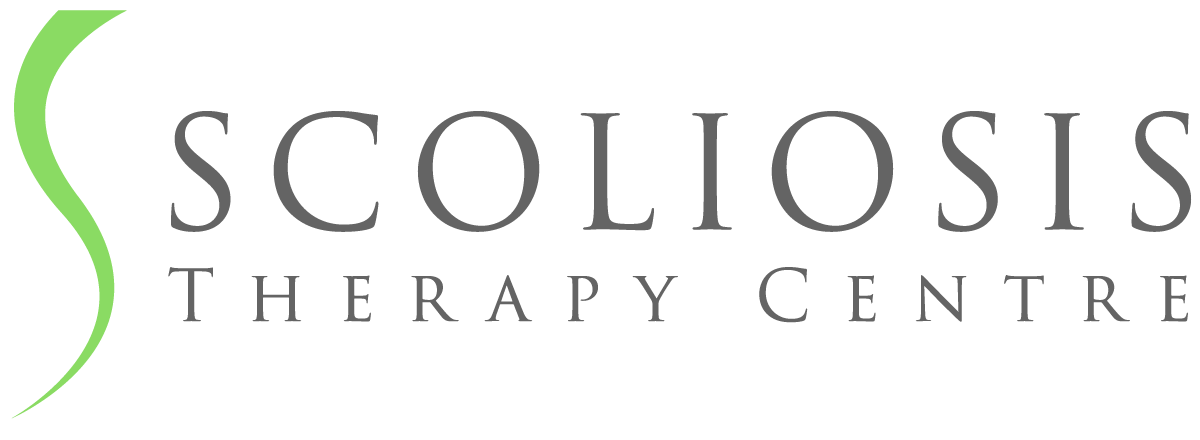Strong Evidence emerging for Schroth Scoliosis Exercises
According to the SOSORT 2016 Guidelines, there is now strong evidence emerging which is supporting the use of physiotherapeutic scoliosis specific exercises (PSSE) for adolescents with idiopathic scoliosis. The Schroth Method is acknowledged by SOSORT as a ‘School’ which is compliant with its PSSE exercise guidelines.
The 2016 SOSORT guidelines relate specifically to a review of the current evidence on the effectiveness conservative treatment of idiopathic scoliosis (CTIS) over the past 5 years, particularly with respect to bracing and PSSE.
In formulating the latest consensus guidelines, with respect to bracing and PSSE exercises, the focus was on study designs (clinical trials), which provided meaningful and valid outcome information regarding PSSE exercises in conjunction with bracing. Previously, study designs reported separately on bracing and exercises, and whereas in the past, exercises were considered an "add on" to bracing, it's now acknowledged exercises can improve the outcome of bracing.
The 2016 guidelines reaffirmed that PSSE exercises should continue to adhere to the following criteria:
- Auto-correction in 3D
- Training in activities of daily living (ADL)
- Stabilizing the corrected posture
- Patient Education.
In all, 11 recommendations were made on PSSE exercises to prevent scoliosis progression during growth. Significantly, PSSE exercises are recommended as the "first step to treat idiopathic scoliosis to prevent/limit progression of the deformity and bracing.” However, bracing is recommended for patients with curves of 20°- 25° who are still growing (Risser 0-3), and are deemed to be at a high risk of progression. With regards to PSSE exercise programs the consensus guidelines recommended they be designed by therapists, specifically trained in their school of therapy, such as the Schroth Method; and that programs are always customized to the individual, even if they perform exercises in small groups.
Several recommendations were also made with regards to breathing, specifically that exercises need to improve respiratory function, even in bracing. However, most importantly, exercises need to expand and ventilate restricted areas of the lungs. Schroth Corrective Breathing complies fully with the SOSORT 2016 requirements regarding respiratory function.
The 2016 SOSORT guidelines are specifically intended as an aid for professionals involved in conservative treatment of idiopathic scoliosis, and their patients. The need to standardize research methods of conservative treatment effectiveness is acknowledged by the SOSORT 2016 guidelines and the Scoliosis Research Society (SRS) non-operative management Committee.
SRS Statement on Physiotherapy Scoliosis Specific Exercises:
"SRS members actively support optimal treatment for each patient which may include non-operative, operative and combined treatment methods."
SRS supports pilot research studies with regards to exercises as a treatment for scoliosis, and is collaborating with SOSORT to formulate research guidelines for the studies of non-operative approaches such as bracing, physiotherapeutic scoliosis specific exercises, and others.
